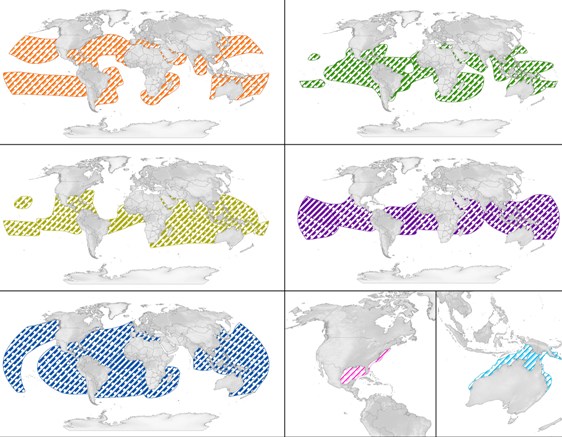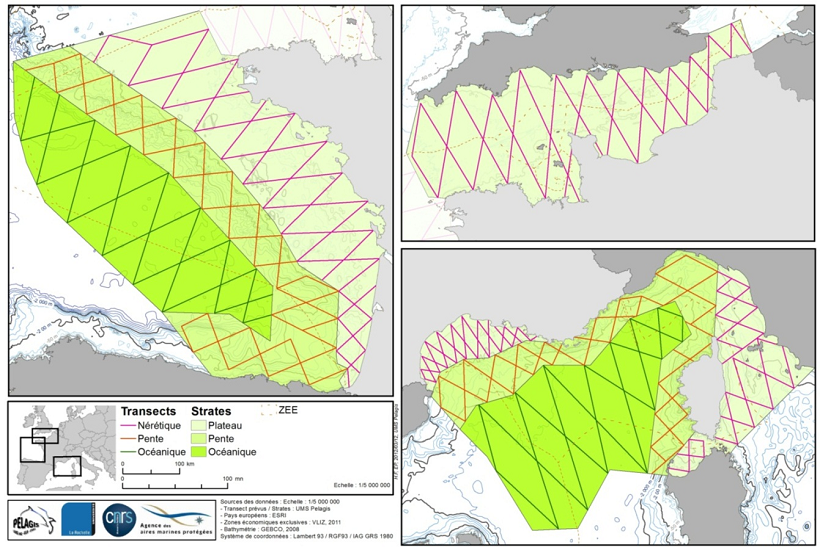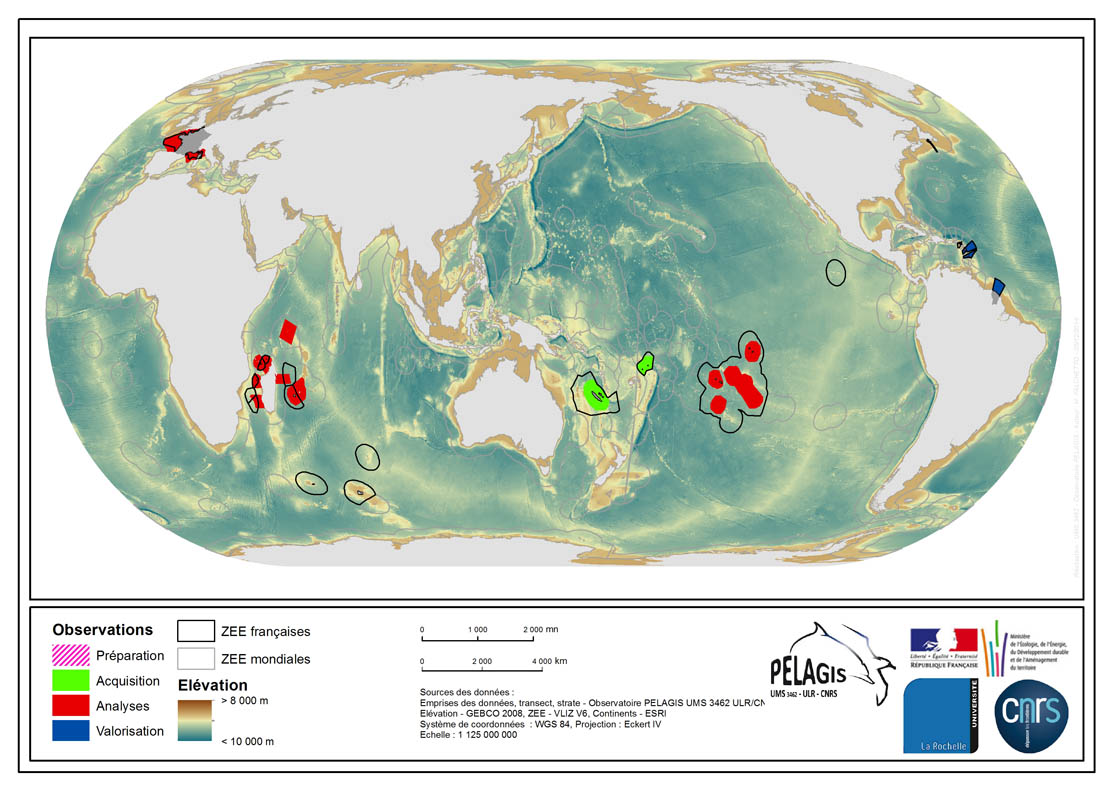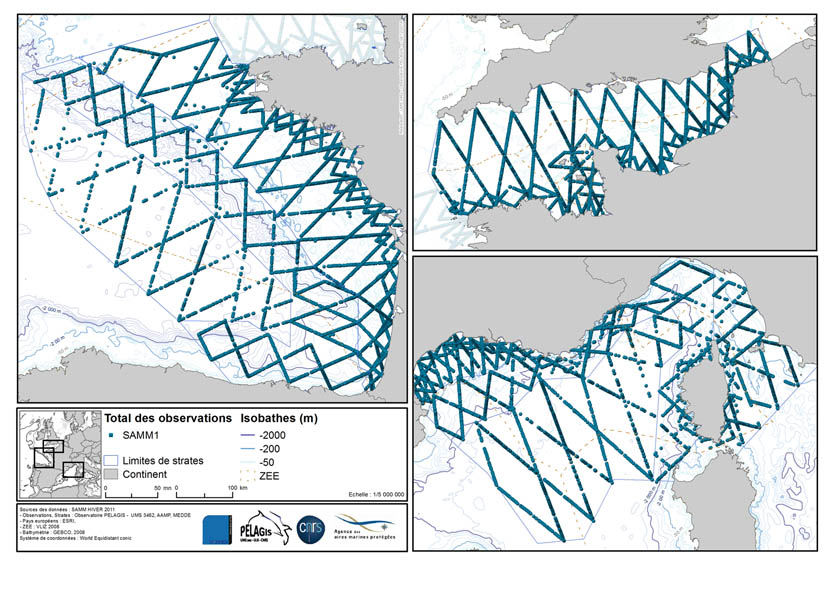Distribution
Type of resources
Available actions
Topics
Keywords
Contact for the resource
Provided by
Years
Representation types
Update frequencies
status
Scale
Resolution
-

SWOT - the State of the World's Sea Turtles - is a partnership led by Marine Flagship Species Program at the Oceanic Society, Conservation International (CI), the IUCN Marine Turtle Specialist Group (MTSG), and supported by the OBIS-SEAMAP project at the Marine Geospatial Ecology Lab (MGEL), Duke University. This Database allows mapping marine turtle available data. Here is presented - the World Regional Managment Units for all species
-

SWOT - the State of the World's Sea Turtles - is a partnership led by Marine Flagship Species Program at the Oceanic Society, Conservation International (CI), the IUCN Marine Turtle Specialist Group (MTSG), and supported by the OBIS-SEAMAP project at the Marine Geospatial Ecology Lab (MGEL), Duke University. This Database allows mapping marine turtle available data. Here is presented - location of nesting sites per species - the Abundance per nesting site
-

Flights over France’s metropolitan waters and border areas to observe seabirds, marine mammals, other species of megafauna in open water and human activity (floating waste), with the aim of producing an inventory of spatial distribution and species abundance, and to evaluate spatial and temporal variability. This part, complemented by other work in the PACOMM programme, provides information which is collated and used for designating and managing protected marine areas to meet requirements for community conservation and promotion of marine areas (Natura 2000, MSFD, local and regional maritime conventions, etc.).
-
Inventory of observations of marine turtles at sea on the Chanell-Atlantic coastline since 1988. Since 1996, these observations have been part of the campaign "Devenez observateurs des Pertuis" (Become Observers in the Pertuis straits) in partnership with the Marine Mammal Research Centre (CRMM) in order to raise the awareness of pleasure-boaters and encourage them to record their observations at sea.
-

The associated data highlights the spatial influence of the dataset of the type “Visual Observations from an Aerial Platform” from the PELAGIS Observatory. These ranges represent the different areas of study on which the PELAGIS observatory conducted campaigns of visual observations from aerial platforms. Each area of study is associated with at least one campaign, with observers and geographical sectors linked to that campaign. Each sector is associated with bathymetric strips and transects related to each of the strips, with a few exceptions for the Indian Ocean region. Description of fields and values of the attribute tables : (- field name, meaning : value, description of values) - region, area of study specific to the PELAGIS observatory PELAGIS : OI/FRM/ AGFR/SOP/SP, region_lbl - programme, associated programme of which the campaign is a part: REMMOA/PACOMM, REcensement de la Mégafaune Marine par Observation Aérienne/Programme d'Acquisition sur les Oiseaux et Mammifères Marins - idCampagne, abbreviated name of the data collection campaign: OI/SAMM/ ANT/SOP/PF/GUY, Campagne Océan Indien/Suivi Aérien de la Mégafaune Marine/Sud Ouest Pacifique/Polynésie Française/ Guyane française - progress, current state of the campaigns, from collection to scientific optimisation : Preparation/Acquisition/ Analysis/Enhancement, campaign being prepared/under acquisition/being analysed/data enhanced within the context of a scientific publication.
-

The associated data highlights the sampling programme for the data acquisition campaign of Observation on the Aerial Platform for the SAMM1campaign (Aerial Marine Megafauna Monitoring) conducted by the PELAGIS observatory.
 Catalogue PIGMA
Catalogue PIGMA